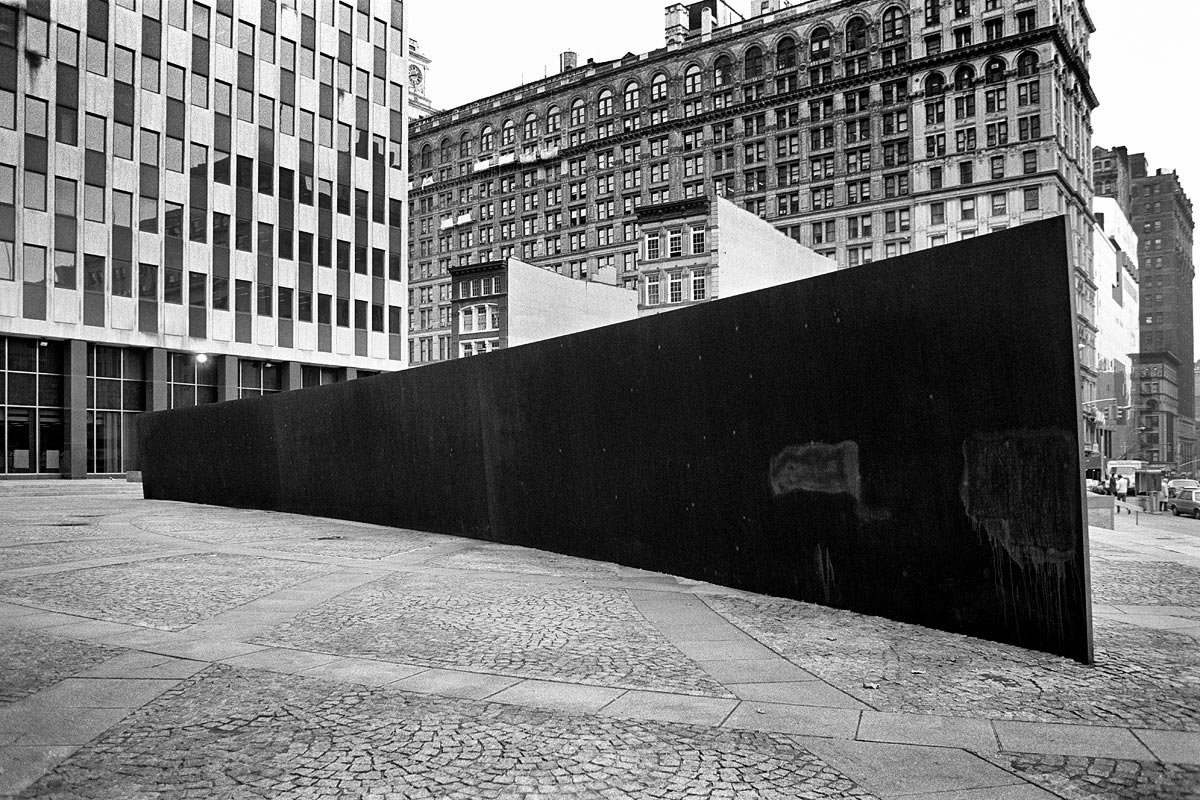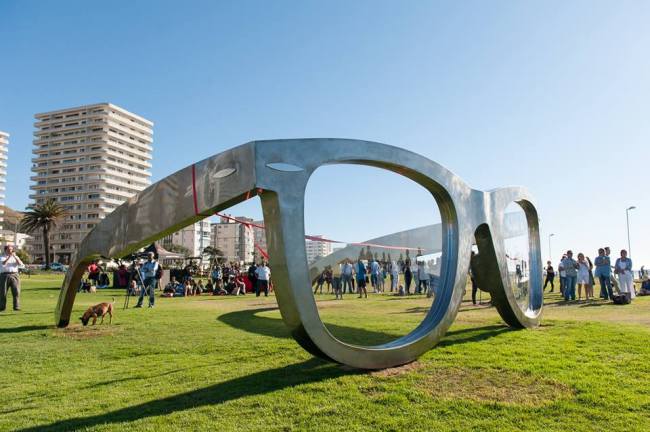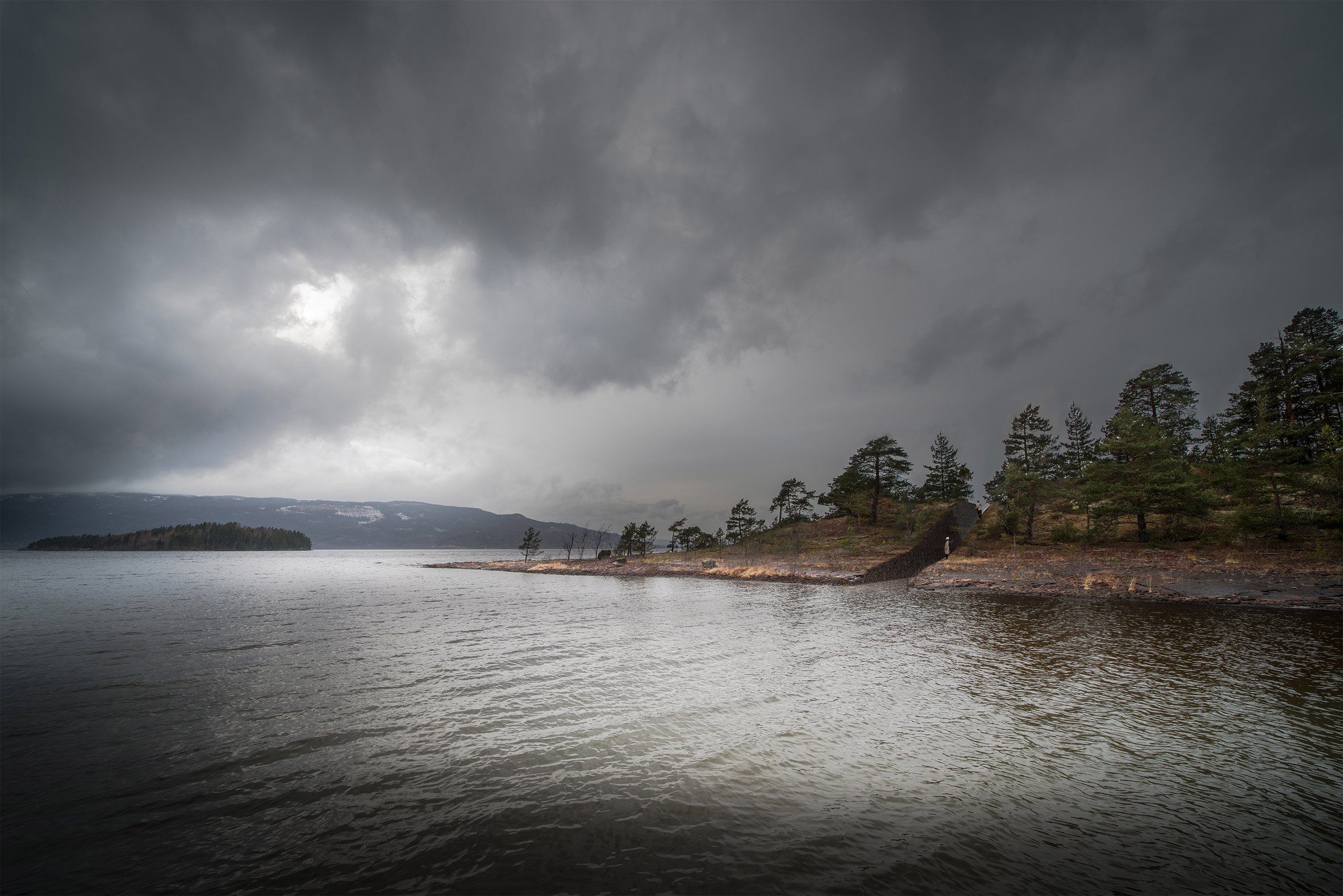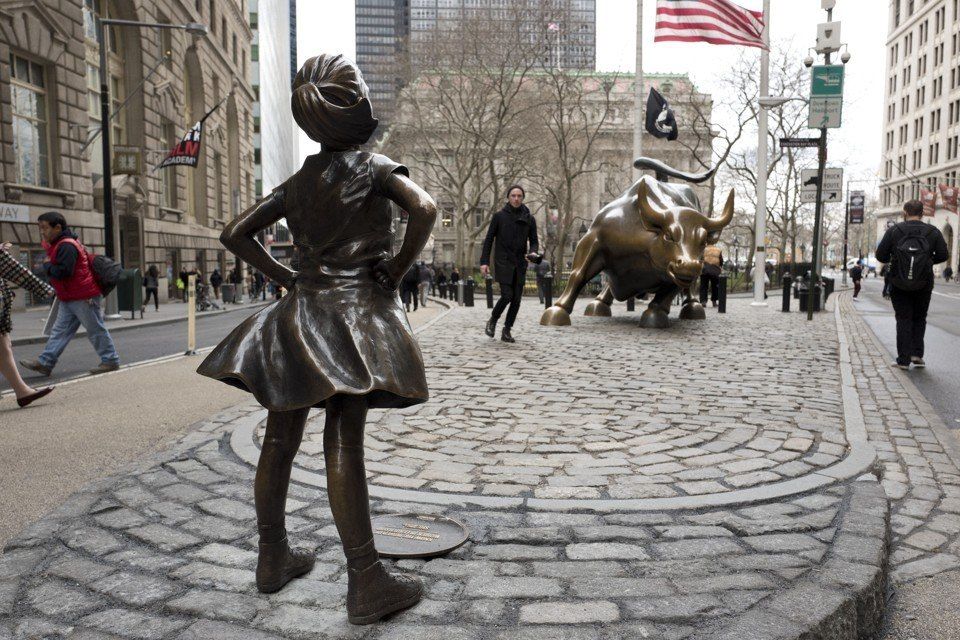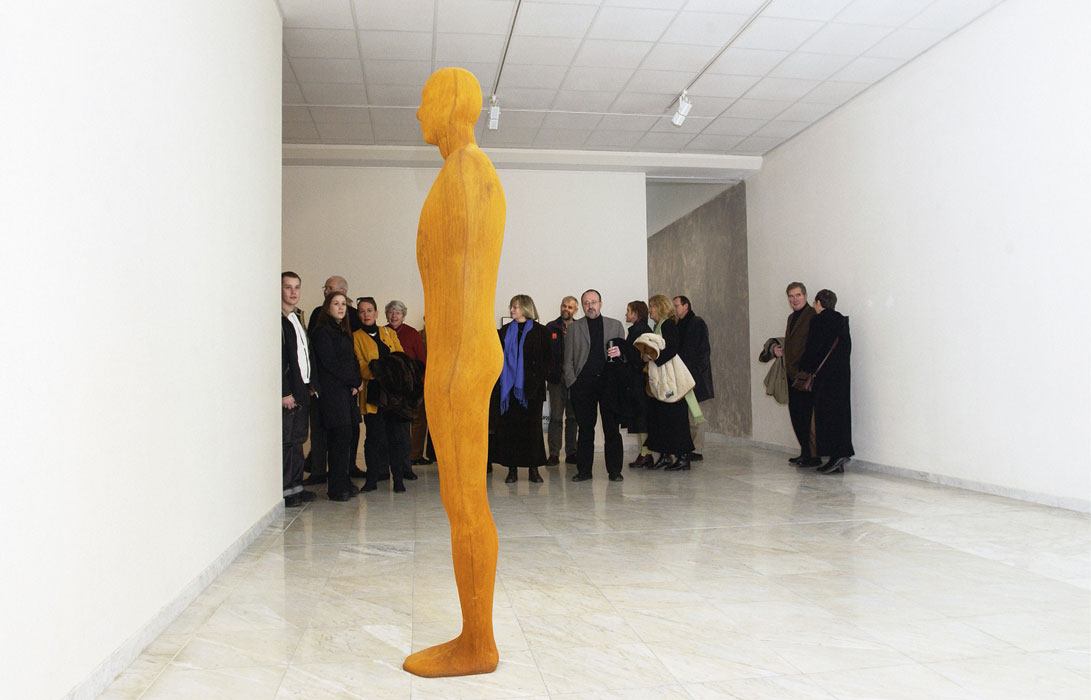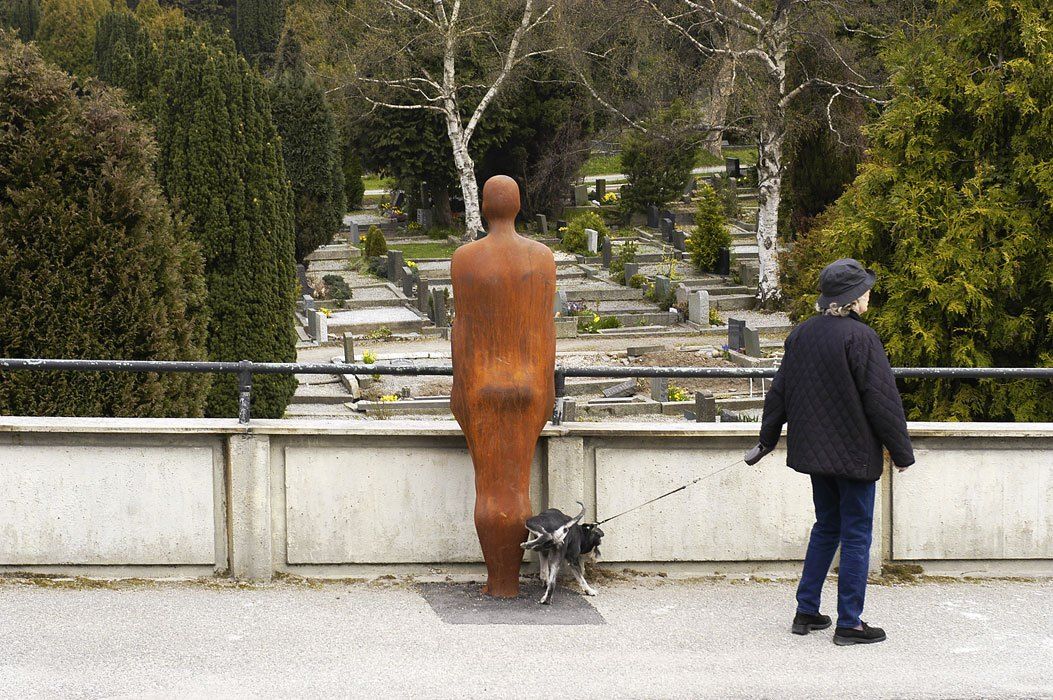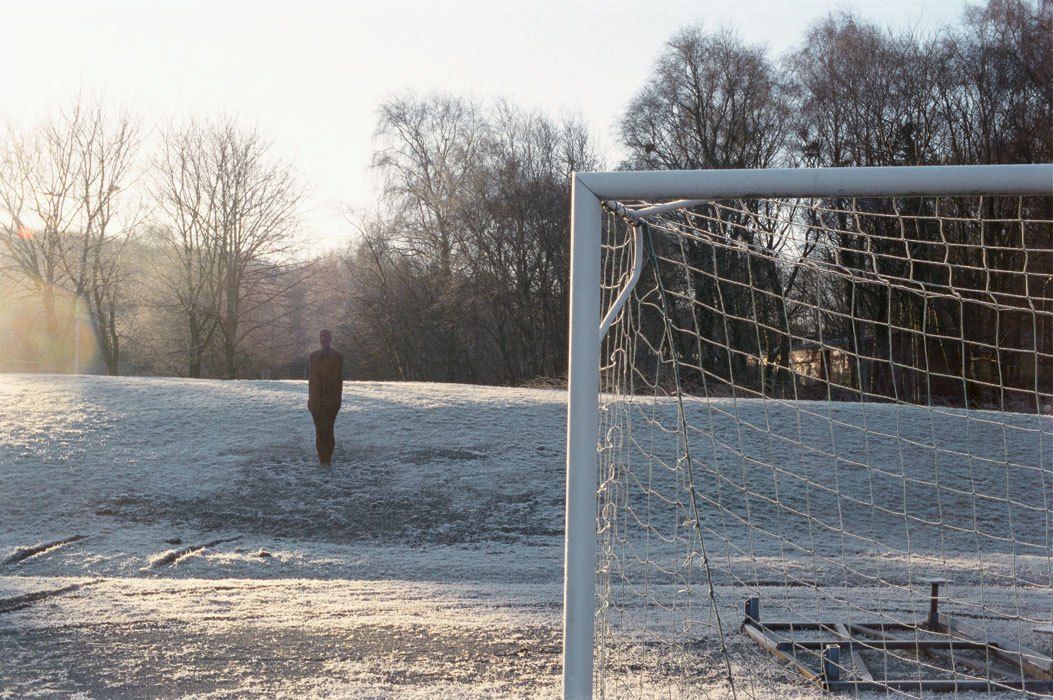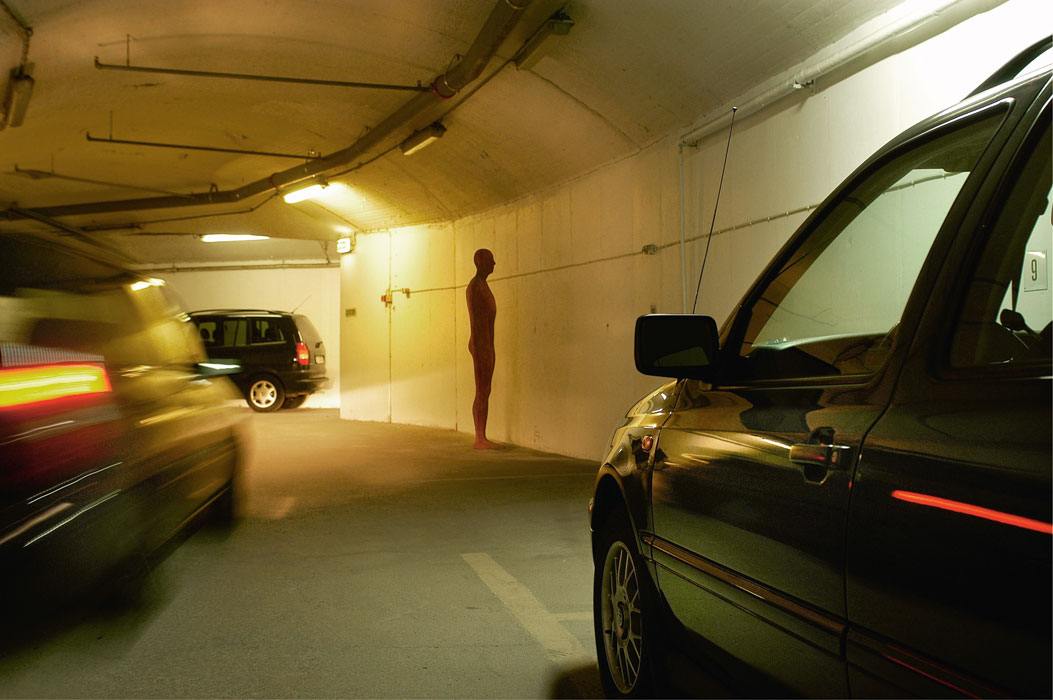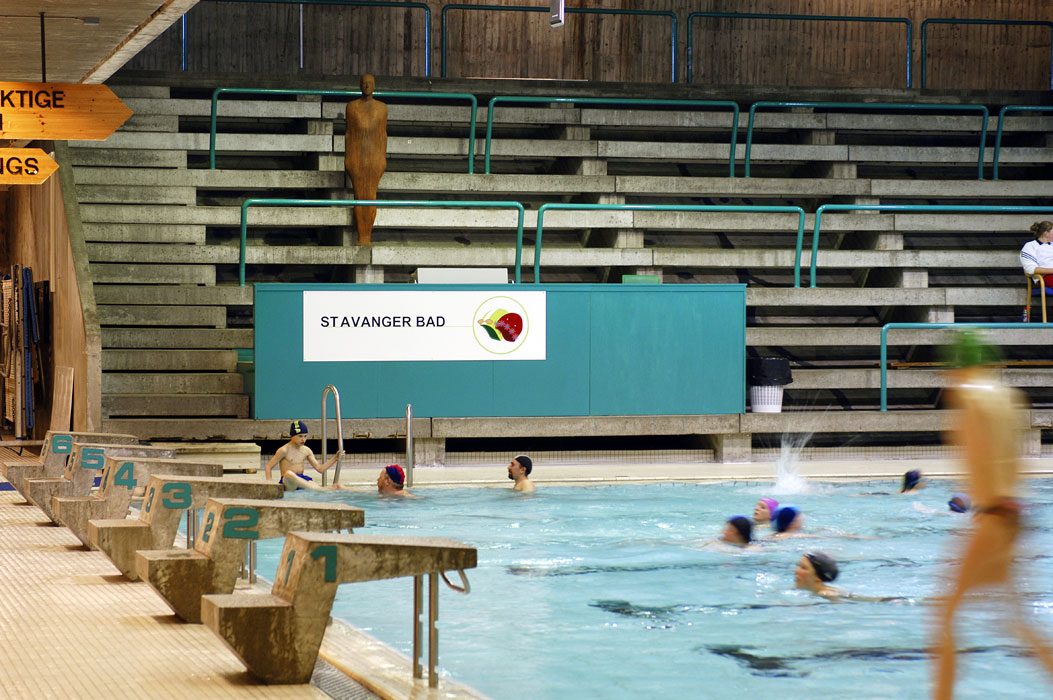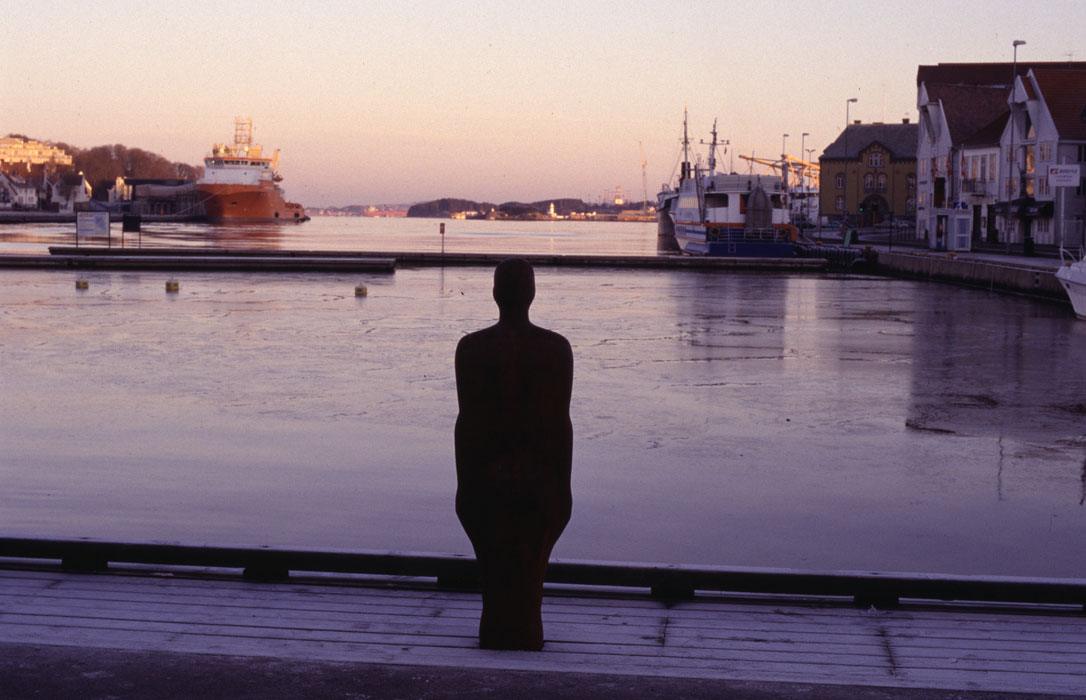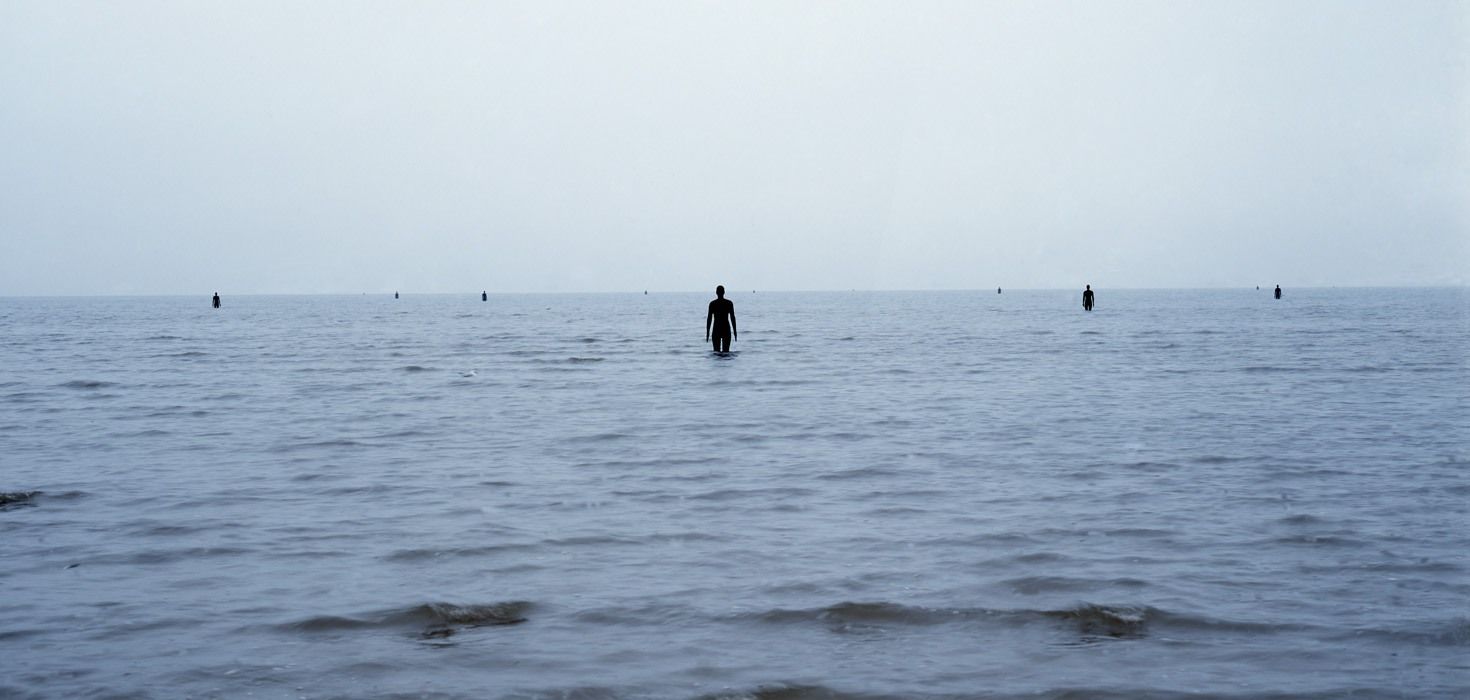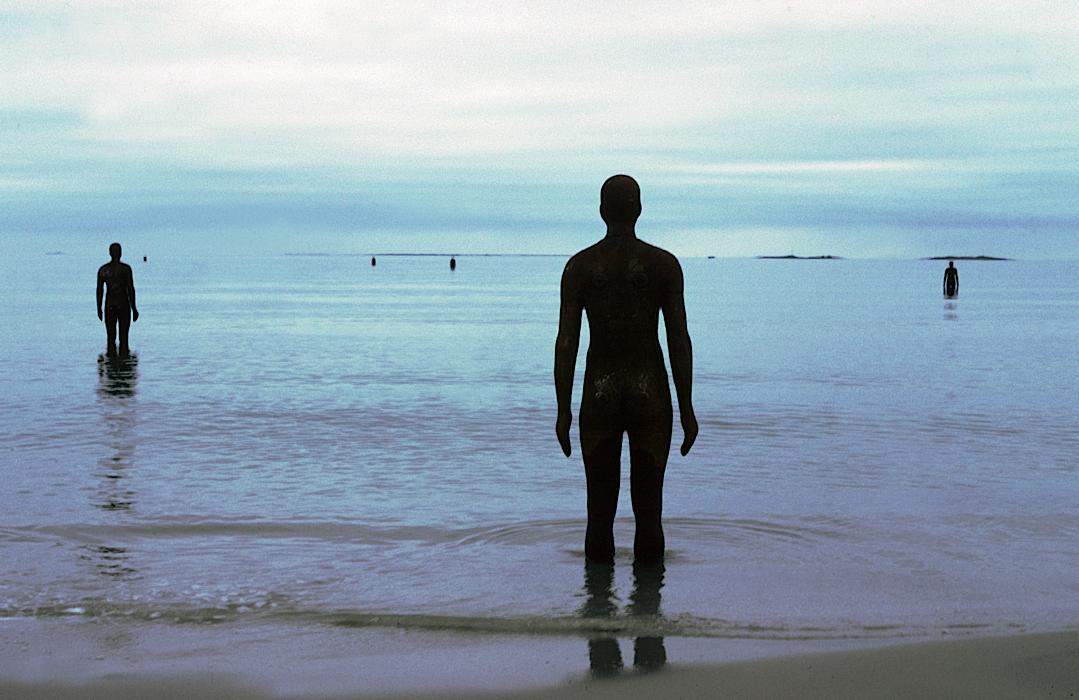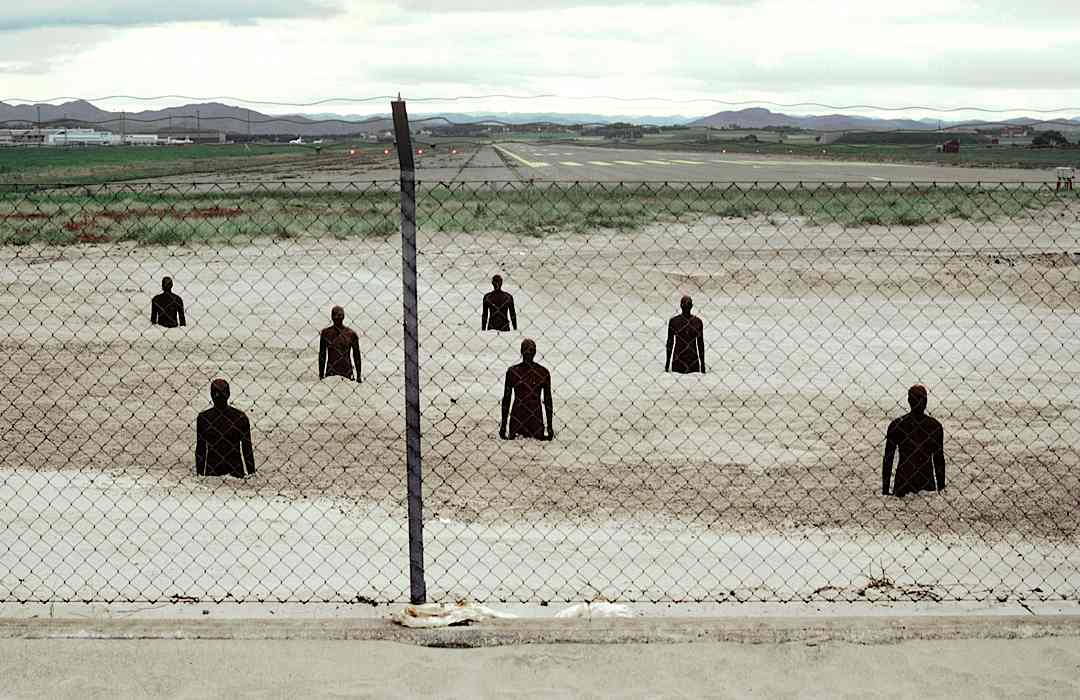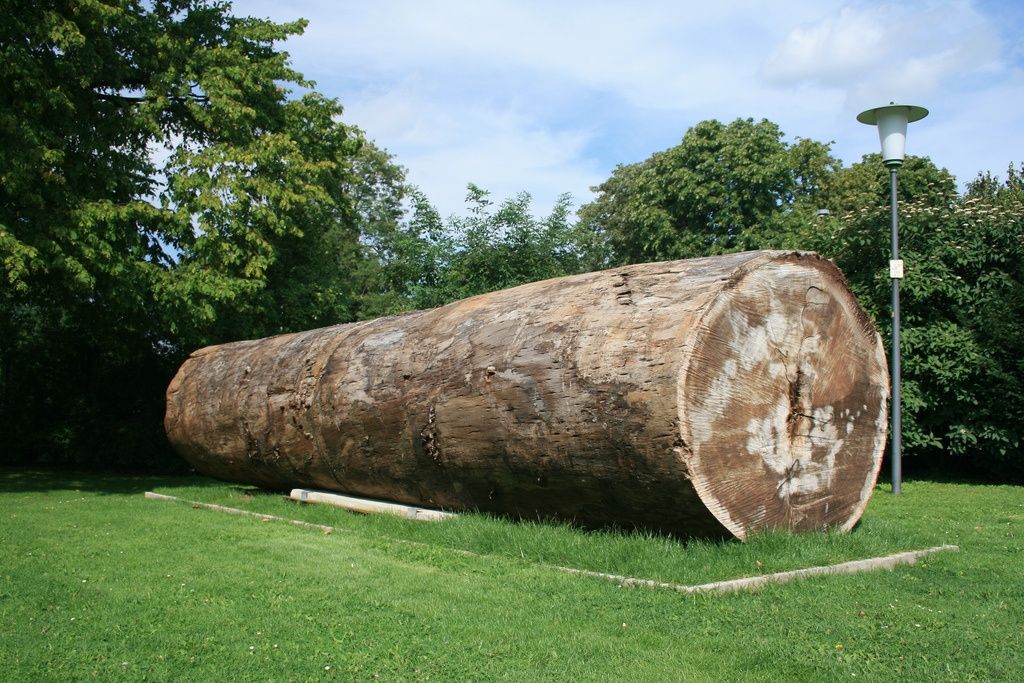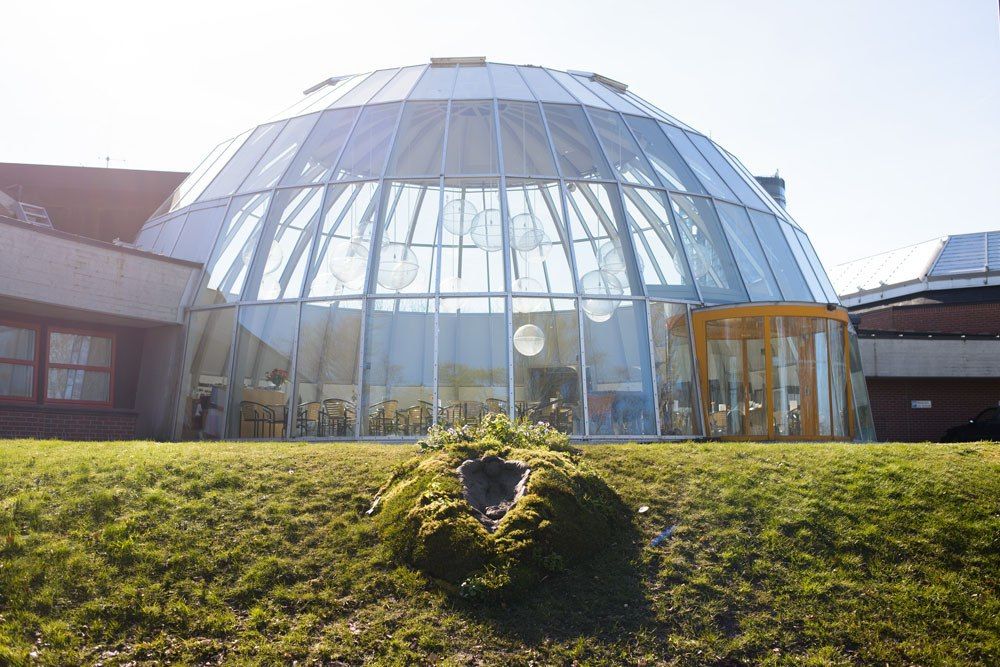Linguistically speaking, the word ‘public’ denotes something exposed to general view (as opposed to private), a community of people defined within a specific context (usually geographical or conceptual), and/or an entity supported by public funds. Further, the concept of ‘public space’ in the context of art is defined by Stavanger Kommune as: “outdoor areas for public streets, squares, docks, parks and recreation areas in the city center and surrounding districts.” Included in the idea of public art, the municipality also lists guidelines for the commissioning of artworks for municipal buildings and institutions such as “schools, kindergartens, nursing homes, assisted living facilities and service buildings.”
Note that this text has been translated into English from the original Norwegian: “Ordningen gjelder kulturbygg, skoler, barnehager, kirker, bydelshus, idrettsanlegg, sosiale institusjoner, boliganlegg og administrasjonsbygg.”


